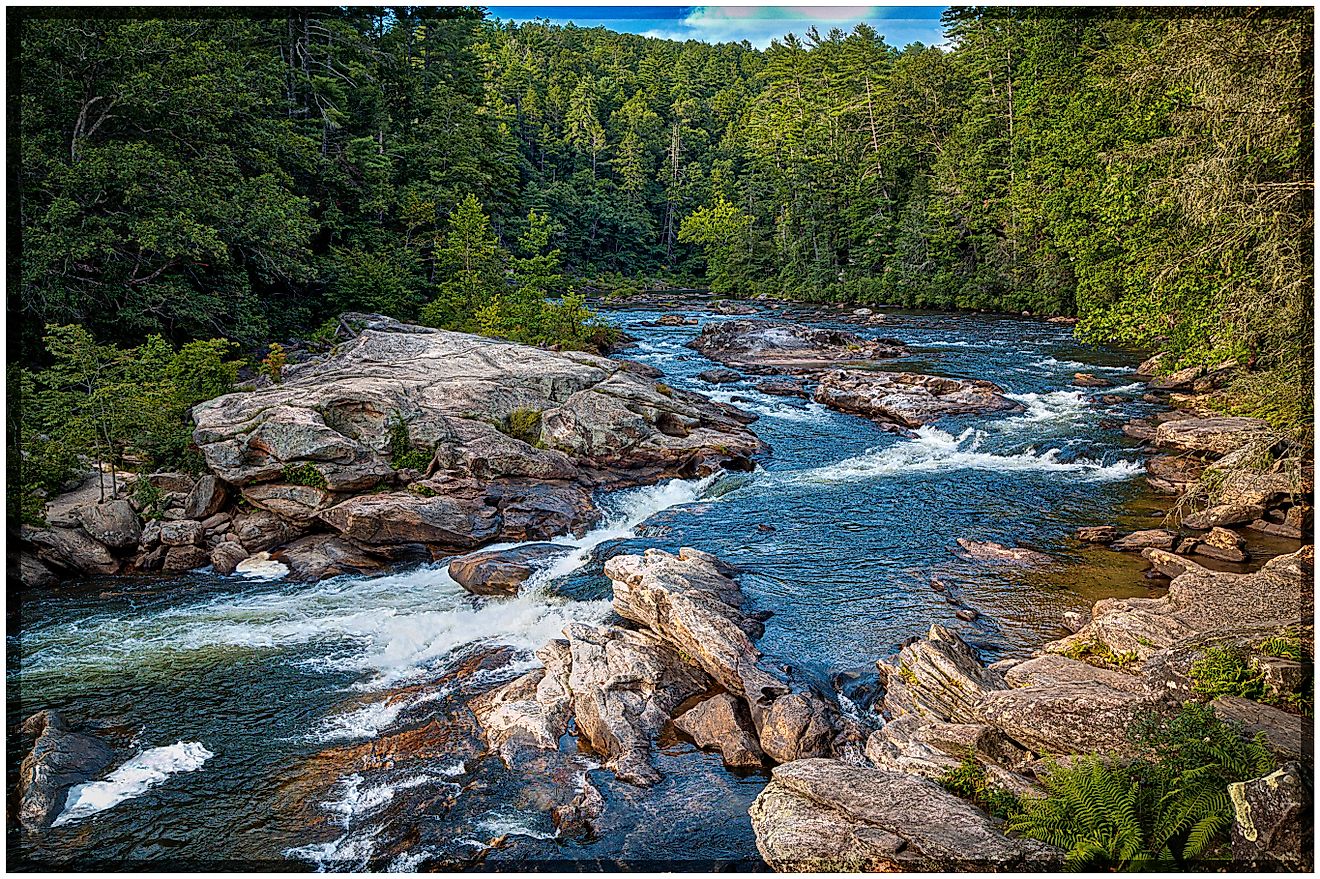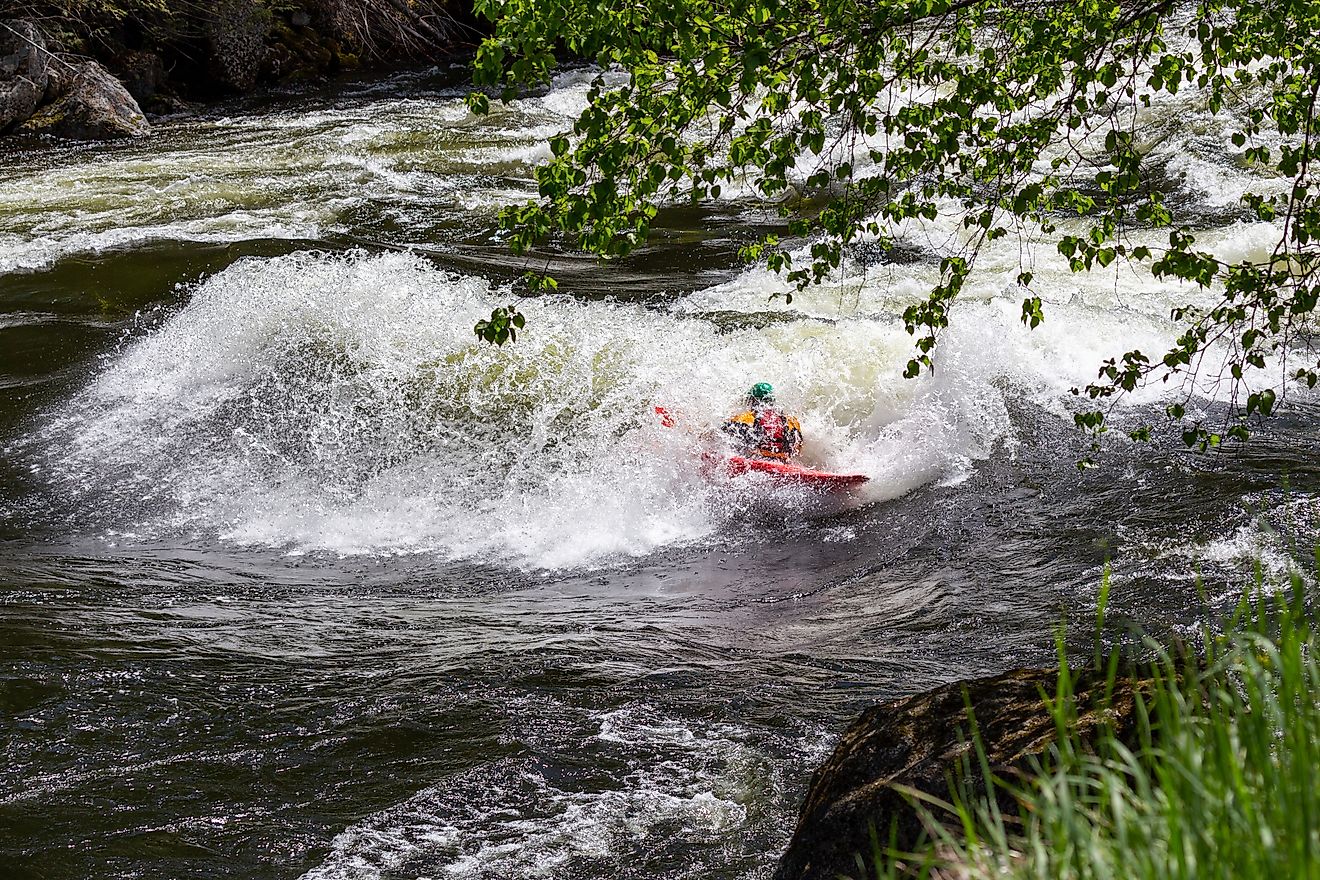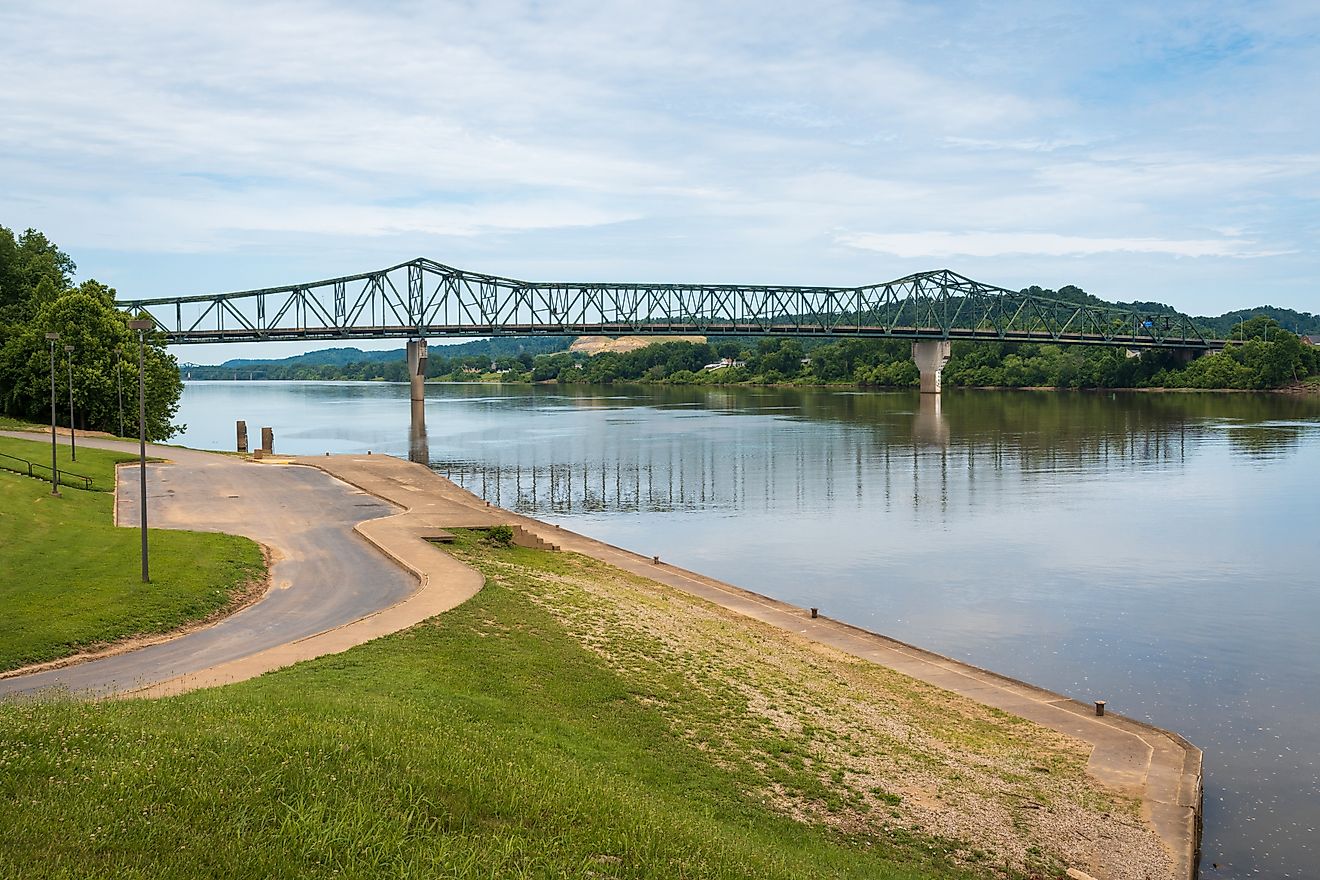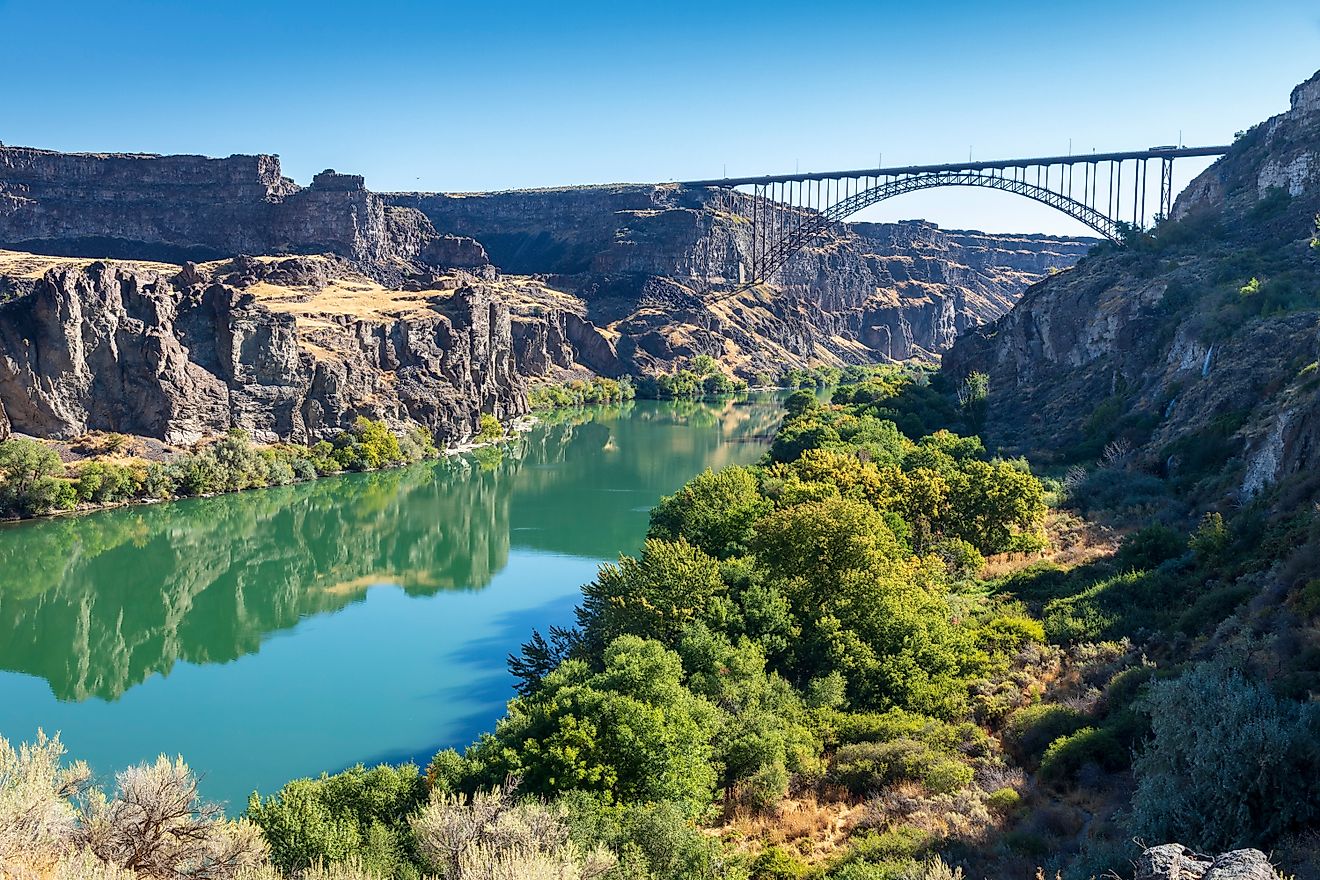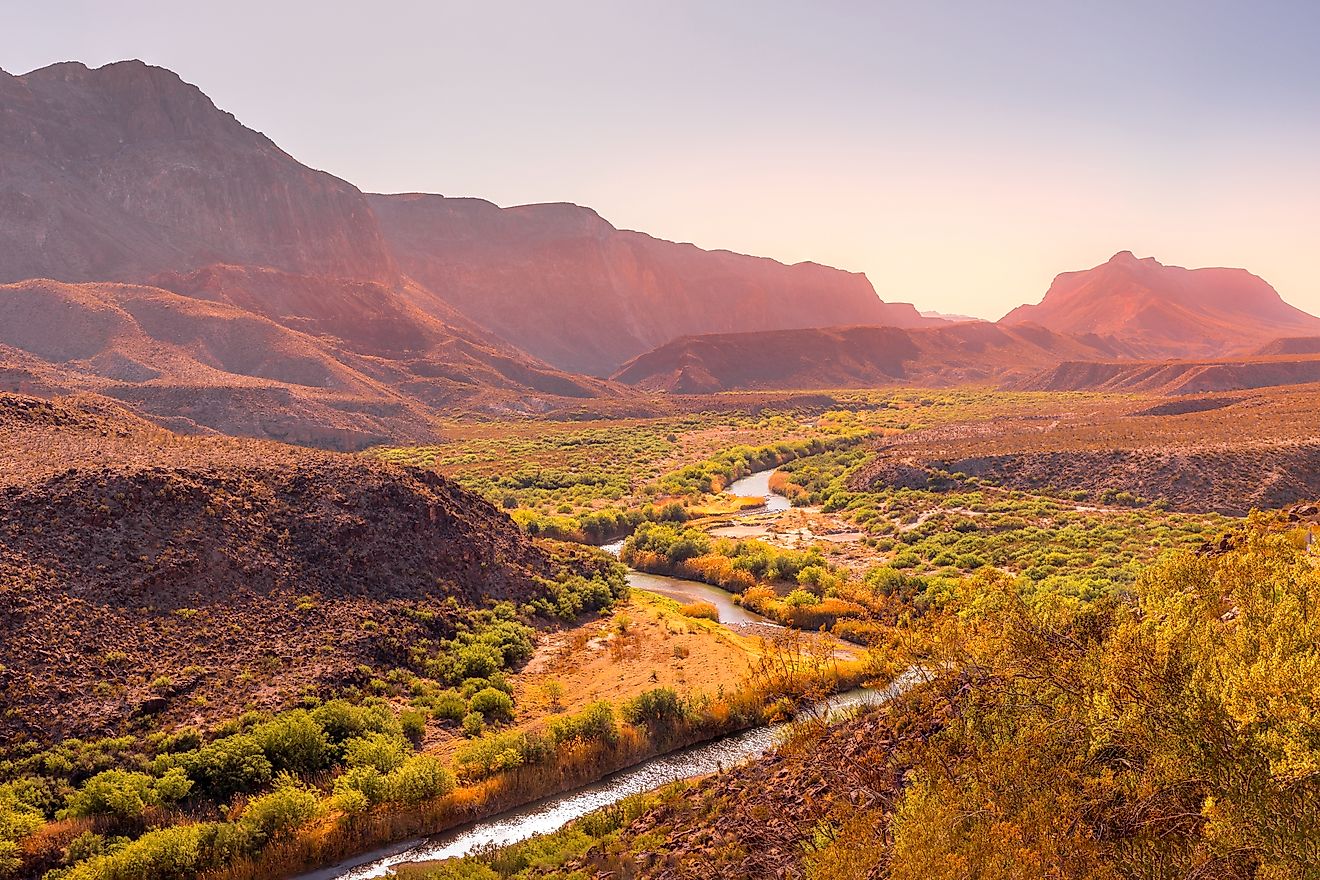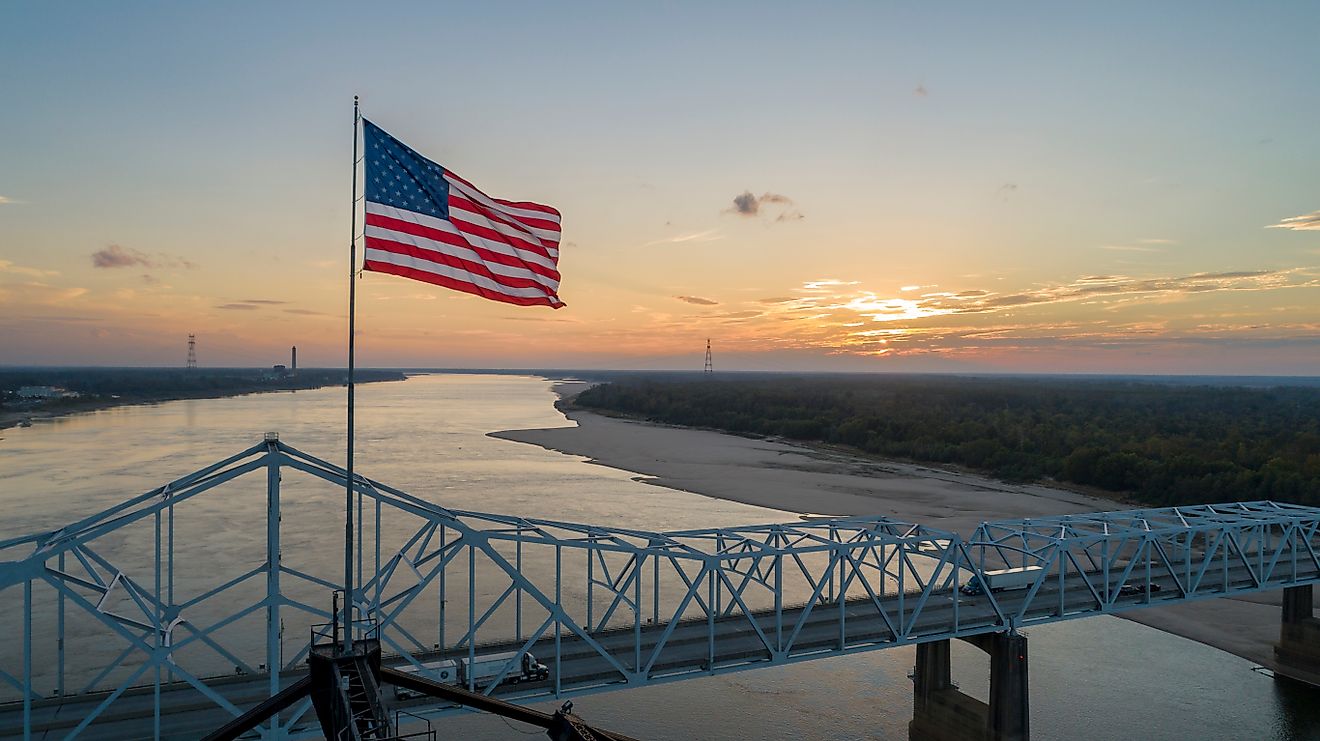
Susquehanna River
The Susquehanna River, one of America’s most historic and ecologically significant waterways, winds its way through the heart of the northeastern United States. Stretching 444 miles from Otsego Lake in Cooperstown, New York, to the Chesapeake Bay in Maryland, it is the longest river on the East Coast that flows entirely within the continental US.
Yet despite its quiet profile, the Susquehanna carries immense weight—geographically, historically, and environmentally. It provides more than half of the freshwater flowing into the Chesapeake Bay, supports millions of people and ecosystems, and shapes one of the most flood-prone and forest-rich basins in the country. But this mighty river also faces severe challenges, from pollution to habitat degradation, that threaten its role as a lifeline for both people and wildlife.
A River That Shaped the Land Before the Bay Existed

Long before the Chesapeake Bay was formed, the Susquehanna River carved its path through what is now Pennsylvania and Maryland. During the last Ice Age, some 20,000 years ago, sea levels were approximately 330 feet lower than they are today. At that time, the Susquehanna flowed freely all the way to the Atlantic Ocean, cutting through the land like a watery artery.
As the planet warmed and sea levels rose, the Atlantic Ocean backed into the Susquehanna’s riverbed, transforming its lower valley into the vast estuary we now know as the Chesapeake Bay. In essence, the bay is the river’s valley floor—its tidal extension. This geological history makes the Susquehanna and the Chesapeake one interconnected ecosystem, where pollution upstream can have far-reaching effects downstream.
Size, Scope, and Significance

The Susquehanna River basin is massive. It drains a 27,510-square-mile area—covering about half of Pennsylvania and parts of New York and Maryland—and includes all or portions of 66 counties. The basin itself is divided into six major subbasins and contains a staggering 49,000 miles of waterways: rivers, creeks, brooks, and streams that fan out like capillaries across the Northeast.
Forests cover roughly 63 percent of the basin, helping to stabilize soils and filter water. The river is home to the native brook trout (Salvelinus fontinalis), a species beloved by anglers and sensitive to pollution, making it a barometer for the river’s ecological health. Over 4 million people live within the watershed, and many depend on the Susquehanna as a primary source of drinking water.
The River That Refuses to Be Tamed
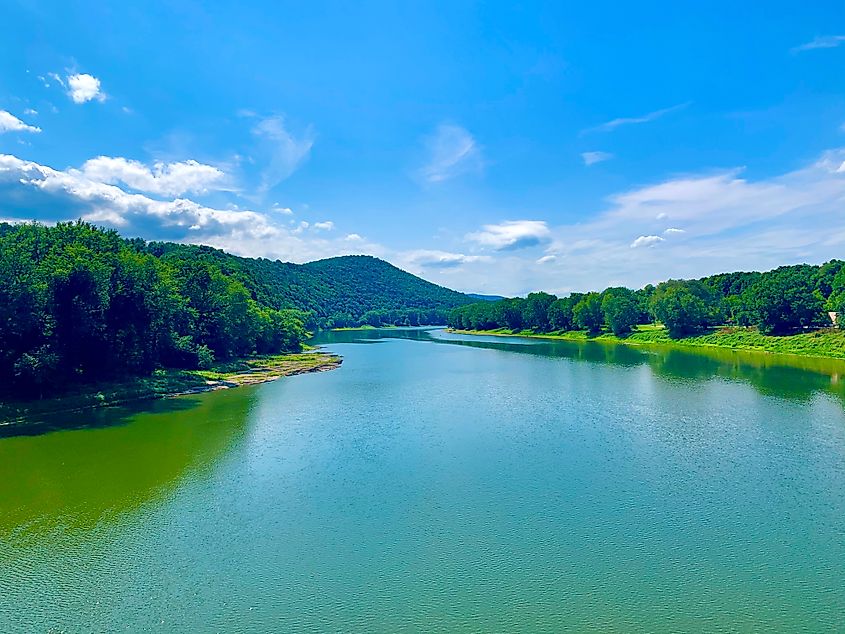
The Susquehanna is a paradox of might and mystery. While it is the largest river to drain into the Atlantic Ocean entirely within the United States, it is also the longest commercially non-navigable river in North America. It flows freely—without locks or dams suitable for commercial barge traffic—for nearly its entire length. This makes it one of the last great wild rivers in the East.
At Harrisburg, Pennsylvania’s capital, the river is nearly a mile wide. On a typical summer day, its waters move about 20 miles per day, eventually reaching the Chesapeake Bay. At Havre de Grace, Maryland, where the Susquehanna empties into the Bay, it discharges an average of 18 million gallons per minute. This continuous flow shapes the Chesapeake’s salinity levels, nutrient balance, and sediment patterns, influencing everything from oyster beds to blue crab nurseries.
A History of Floods and Fury
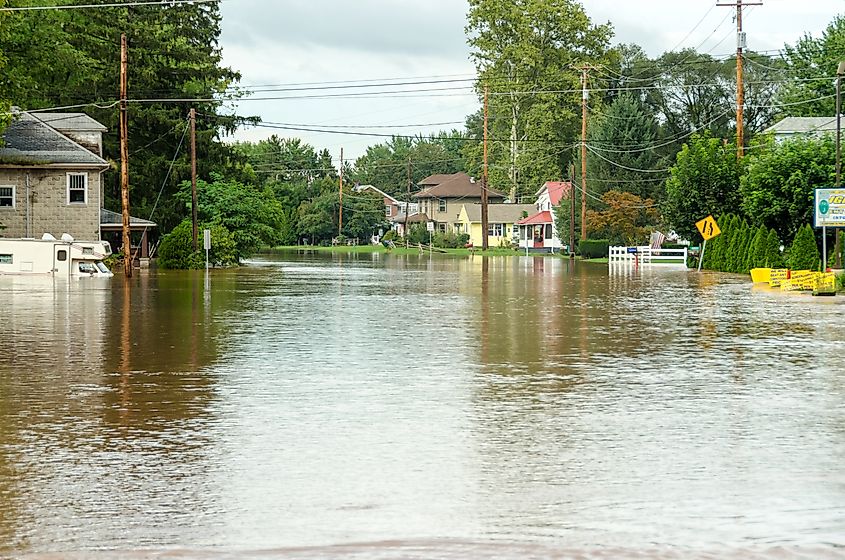
The Susquehanna River basin is among the most flood-prone regions in the nation. On average, it experiences a major flood every 14 years. The reasons are both natural and human-made: steep terrain, dense water networks, changing climate patterns, and growing development in floodplains all contribute to the risk.
Flooding in the Susquehanna basin has exacted a heavy toll. On average, it causes an estimated $150 million in damages annually. Historic floods—like those caused by Hurricane Agnes in 1972 or Tropical Storm Lee in 2011—have devastated towns, uprooted families, and reshaped the riverbanks.
Despite these risks, many riverside communities continue to rely on the Susquehanna not just for water, but also for jobs, recreation, and cultural identity. The river has inspired generations of writers, artists, and historians, and remains a centerpiece of regional life in places like Wilkes-Barre, Sunbury, and Harrisburg.
Ailing Waters, Urgent Warnings
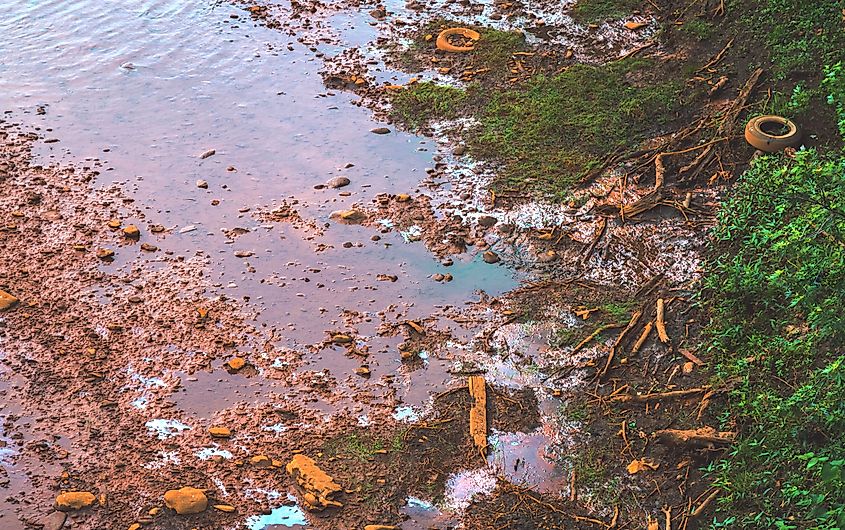
The Susquehanna’s greatest challenge today is its declining water quality. Agricultural runoff, urban stormwater, acid mine drainage, and failing wastewater systems have contributed to growing pollution levels throughout the river and its tributaries.
According to a 2020 report by the Pennsylvania Department of Environmental Protection, roughly 25,468 miles of rivers and streams in the state are considered "impaired"—that’s nearly 30 percent of Pennsylvania’s total waterways. Many of these feed into the Susquehanna.
The Susquehanna’s health directly affects the Chesapeake Bay. Because the river provides 43 percent of the Bay’s total drainage area and 50 percent of its freshwater flow, any pollutants entering upstream ultimately flow downstream, disrupting aquatic life, clouding water clarity, and fueling harmful algae blooms in the estuary.
A Push for Protection

To combat the decline, environmental groups like the Chesapeake Bay Foundation (CBF) have pushed for the Susquehanna—especially the lower 46-mile stretch—to be included in the EPA’s 303(d) Impaired Waters List. This designation triggers stricter pollution controls and prioritizes the river for restoration investments.
The effort began in earnest in 2018, when Pennsylvania included the 46-mile segment for aquatic life impairment. Inclusion in the list helps direct federal and state resources to restore water quality, enhance habitat, and enforce pollution limits—especially for nonpoint sources like farms and stormwater drains.
The river’s condition is already affecting its wildlife. In 2005, young smallmouth bass in the Susquehanna were found with disease-related lesions and abnormalities. This spurred the DEP to launch a scientific assessment of the river's health. The findings highlighted a complex web of factors—including pathogens, stress from pollutants, and warming waters—that threaten fish populations.
A Resource Worth Fighting For

The Susquehanna River is not just a waterway. It’s a drinking water source for millions, a haven for recreation, a crucial wildlife corridor, and an economic asset. From kayaking in the scenic Susquehanna Water Trail to fly-fishing for trout and bass, the river provides outdoor opportunities that drive tourism and support local businesses.
It also plays a key role in Pennsylvania's Clean Water Blueprint, a multi-pronged strategy to reduce pollution entering the Chesapeake Bay. The blueprint relies on practices like planting forested stream buffers, restoring wetlands, and implementing farm runoff controls to improve water quality at the source.
These efforts are beginning to make an impact. In recent years, investments in conservation projects, upgrades to wastewater treatment plants, and community outreach programs have shown promise in slowing the decline of the river’s health. But there’s still much more work to do.
Interesting Facts About the Susquehanna River
-
Length: 444 miles from Otsego Lake, NY to the Chesapeake Bay in MD
-
Drainage Area: 27,510 square miles
-
Discharge: About 18 million gallons per minute at its mouth
-
Width: Nearly a mile wide in Harrisburg, PA
-
Non-Navigable Status: Longest commercially non-navigable river in North America
-
Chesapeake Impact: Supplies 50% of the Bay’s freshwater
-
Flow Speed: Around 20 miles per day during summer
-
Population in Basin: Over 4 million residents
-
Wildlife: Native brook trout, smallmouth bass, bald eagles, herons, and more
-
Pollution Sources: Agriculture, stormwater, acid mine drainage, outdated wastewater systems
Looking Ahead: Restoring the River’s Vitality

The Susquehanna River has endured for millennia—shaping landscapes, sustaining ecosystems, and nurturing human communities from prehistoric times to the modern day. But it now stands at a crossroads.
Its sheer size, ecological value, and contribution to the Chesapeake Bay make it one of the most important rivers in the Eastern United States. Addressing its pollution problems isn’t just a regional priority—it’s a national environmental responsibility.
Preserving the Susquehanna means protecting drinking water, wildlife, cultural heritage, and the future of the Chesapeake Bay. As federal, state, and local partners work together on restoration, the hope is that future generations will continue to find inspiration, sustenance, and wonder in the waters of this remarkable American river.
